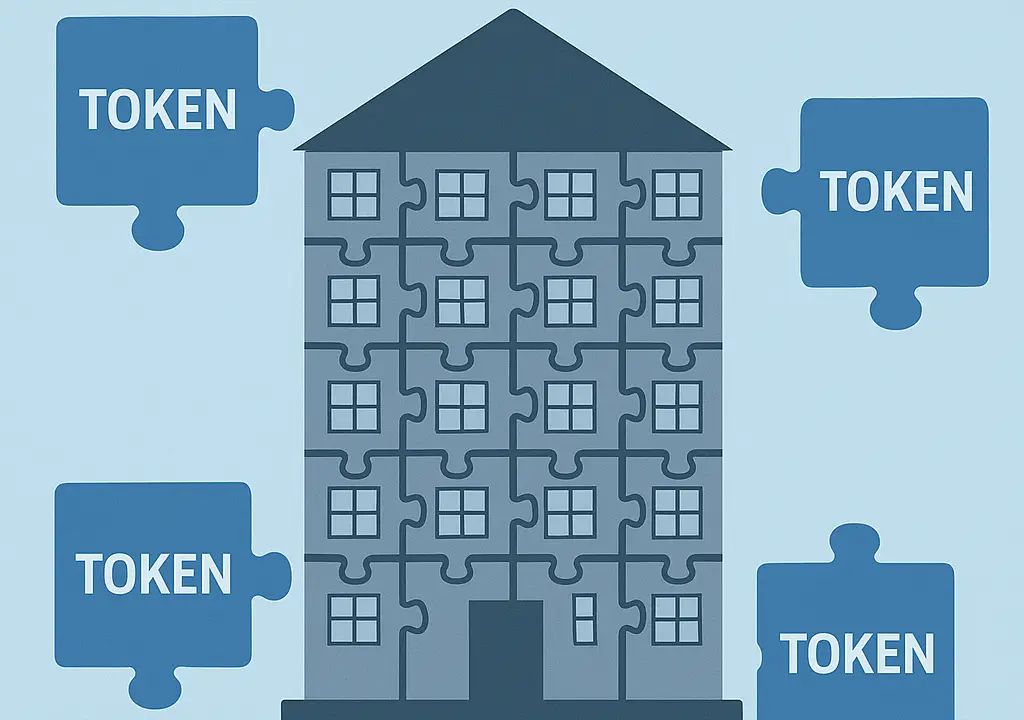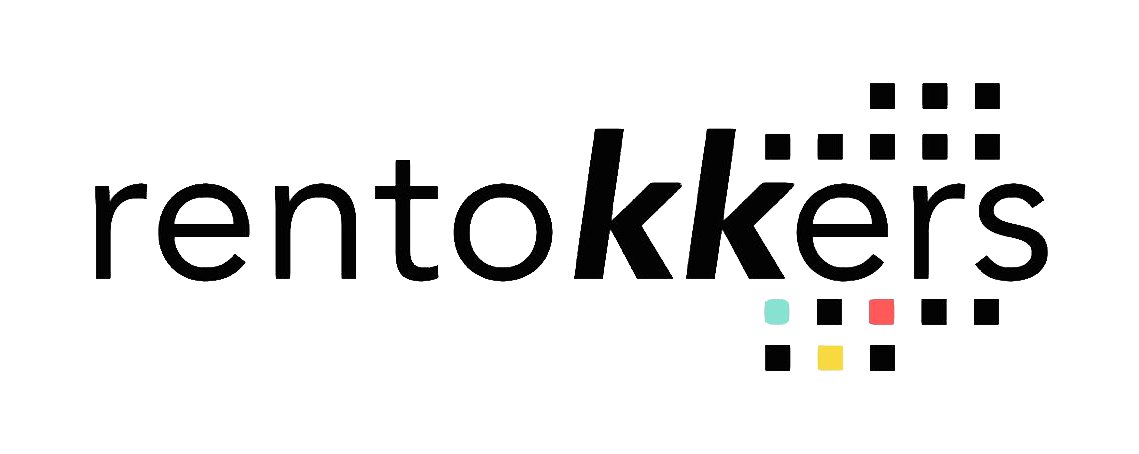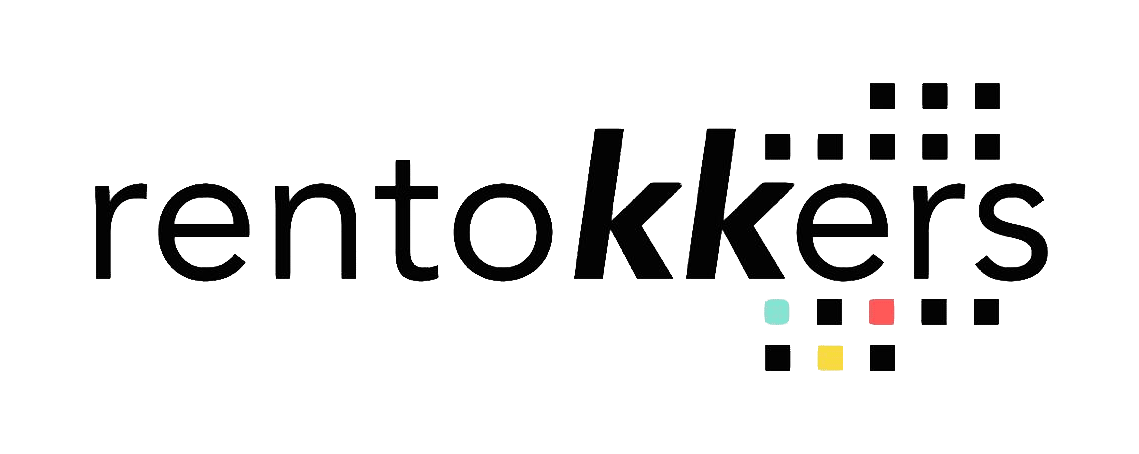
Introduction: A Century-Old Industry Meets Blockchain
For decades, investing in property meant paperwork, lawyers, banks, and long waiting times. Buying or selling could take months, sometimes years. The barriers to entry were high.
Now blockchain is changing the rules. Real estate tokenization promises to transform the market from slow and exclusive to fast and accessible.
What Is Real Estate Tokenization?
Tokenization is the process of representing a property digitally on a blockchain. Each token represents a fraction of ownership — a stake in the value, revenue, or both. Smart contracts then handle transactions, payouts, and resale rights automatically.
Visual idea: Infographic of a building split into digital puzzle pieces, each labeled as a token
Why Tokenization Matters Now
- Liquidity: Properties that once took months to sell can now be traded in minutes.
- Accessibility: Investors can enter with hundreds or thousands, not millions.
- Global Reach: A condo in Cancún can attract buyers in Berlin or Singapore.
- Transparency: Blockchain records every transaction publicly.
Visual idea: Timeline graphic “Then vs. Now”
A Slow Giant Meets Disruption
Real estate has always been considered stable but slow. Bureaucracy—titles, notaries, mortgage chains—was accepted as part of the game.
Tokenization is the first true technological disruption since REITs (Real Estate Investment Trusts) appeared in the 1960s. Unlike REITs, tokens can represent shares of a single building.
Visual idea: Split-screen image, old paperwork vs. sleek mobile app
How the Process Works
- Property is selected.
- A legal wrapper (LLC, trust) holds ownership.
- Tokens are issued via a smart contract.
- Tokens are distributed to investors through a platform.
- Tokens can later be traded on secondary markets.
- Rental income or profits are distributed automatically.
Visual idea: Flow diagram — Property → Legal Entity → Tokens → Investors
Why Developers and Investors Care
For Developers: faster fundraising, global reach, and an innovative edge.
For Investors: portfolio diversification, lower entry costs, and potential liquidity.
Visual idea: Chart of one investor holding tokens in properties across multiple cities
Case Studies in Tokenization
- St. Regis Aspen Resort (USA): Luxury hotel shares issued as tokens.
- Reental (Spain/Latin America): Tokenized rental properties with monthly payouts.
- Propine (Singapore): Licensed security token platform for real estate.
Visual idea: World map with tokenized projects highlighted
The Risks to Watch
- Regulation: Laws vary widely and are often unclear.
- Technology: Bugs and hacks remain a risk.
- Liquidity Paradox: Tokens promise liquidity, but markets are still thin.
- Education Gap: Many investors still don’t trust blockchain.
Visual idea: Warning sign with icons for regulation, tech bugs, liquidity, trust
Tokenization vs. REITs vs. Crowdfunding
REITs are highly regulated and liquid but less flexible.
Crowdfunding opened doors to smaller investors, yet liquidity is limited.
Tokenization combines the best of both — fractional access with tradability.
Visual idea: Venn diagram comparing REITs, crowdfunding, tokenization
The Road Ahead
Picture a skyline where each tower is partly owned by thousands of investors worldwide. Imagine refinancing a building instantly, or whole neighborhoods built through tokenized community pools.
Tokenization won’t replace traditional real estate overnight, but it is building a parallel track that’s hard to ignore.
Visual idea: Futuristic cityscape with tokens floating above buildings
Conclusion: The New Face of Ownership
Tokenization isn’t just a financial tool — it’s a cultural shift. It lowers barriers, speeds up transactions, and globalizes property ownership.
Whether it fulfills its promise depends on regulators, technologists, and investors. But one truth is clear: real estate is no longer just bricks and mortar. It’s also bytes and tokens.

